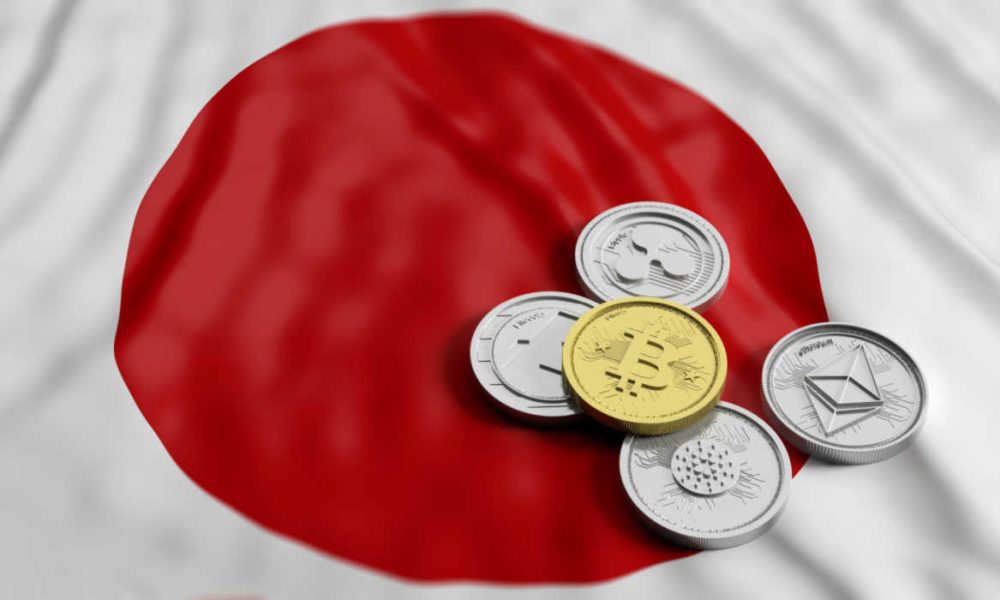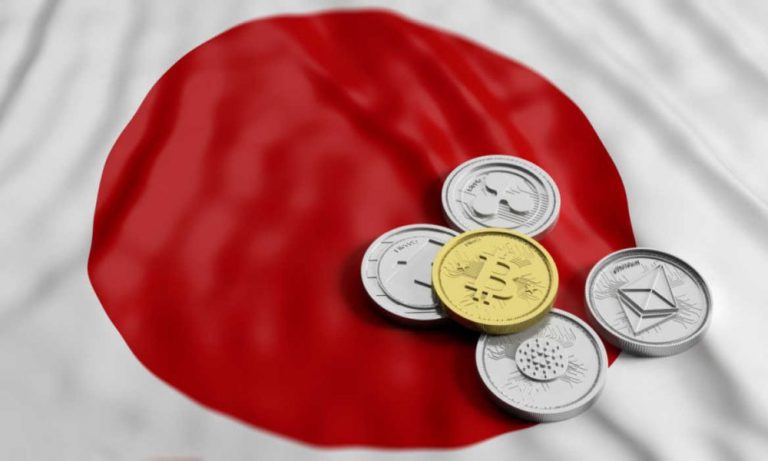Japan’s Megabanks Collaborate on Stablecoin Issuance for Corporate Payments


Japan’s three largest banks—Mitsubishi UFJ Financial Group (MUFG), Sumitomo Mitsui Financial Group (SMBC), and Mizuho Financial Group—are teaming up to issue stablecoins pegged to the Japanese yen (JPY) and eventually the U.S. dollar (USD).
This initiative, reported by Nikkei aims to standardize and accelerate corporate payments, settlements, and cross-border transactions using blockchain technology. The move reflects Japan’s accelerating embrace of tokenized assets amid global stablecoin growth, with the market’s total value recently exceeding $300 billion.
Starting with a JPY-pegged stablecoin, the banks will build a shared framework for issuance, transfer, and governance. This will enable seamless interoperability for corporate clients, reducing remittance costs and administrative burdens. A USD-pegged version is slated for later rollout to support international payments.
Register for Tekedia Mini-MBA edition 18 (Sep 15 – Dec 6, 2025): registration continues.
Tekedia AI in Business Masterclass opens registrations.
Join Tekedia Capital Syndicate and co-invest in great global startups.
Register for Tekedia AI Lab: From Technical Design to Deployment.
The first real-world application will be a pilot with Mitsubishi Corporation for internal financial settlements, leveraging MUFG’s Progmat Coin platform—a blockchain-based system for token issuance on public networks.
Collectively, these banks serve over 300,000 corporate clients, providing a massive distribution network to drive adoption. The stablecoins will be designed for business use, functioning as digital tokens backed by fiat reserves to maintain stability.
Following proof-of-concept trials, the JPY stablecoin is expected to be operational by the end of Japan’s fiscal year March 2026, pending regulatory approvals.
This collaboration builds on Japan’s progressive stance toward digital assets. In August 2025, the Financial Services Agency (FSA) signaled readiness to approve domestic yen stablecoins, with fintech firm JPYC already securing a money transfer license.

Other institutions are advancing similar efforts: Japan Post Bank plans to launch DCJPY, a tokenized yen deposit, by fiscal 2026. SMBC is partnering with blockchain firms like Ava Labs and Fireblocks for regulated stablecoin infrastructure.
SBI Holdings aims to distribute Ripple’s USD-pegged stablecoin (RLUSD) in Japan starting Q1 2026. The banks have also enlisted crypto partners, including Bitbank exchange and infrastructure provider Fireblocks, to ensure compliance and security.
This positions Japanese-issued stablecoins as alternatives to dominant USD-backed ones like USDT and USDC, potentially fostering native yen liquidity within Japan’s financial ecosystem.

By integrating stablecoins into corporate workflows, the initiative could slash transaction times from days to near-instantaneous, enhancing efficiency for supply chain payments and trade finance. It aligns with Asia-wide trends.
South Korea is drafting stablecoin legislation, while Hong Kong rolls out licensing regimes. For global markets, this could bolster yen-denominated digital assets, challenging U.S. dollar hegemony in crypto payments.
Stablecoins enable near-instant corporate payments and settlements, cutting days-long delays and reducing costs. Lower remittance and administrative expenses for businesses, especially in cross-border trade.
Shared framework among Japan’s megabanks ensures seamless stablecoin use across 300,000+ corporate clients. JPY-pegged stablecoins could challenge USD-dominated stablecoins, boosting yen’s role in digital finance.
Japan’s FSA approvals signal a model for regulated stablecoin adoption, potentially influencing Asia and beyond. Accelerates integration of blockchain in traditional finance, enhancing efficiency and transparency.
Increased stablecoin adoption by Japan’s megabanks could drive demand for blockchain infrastructure, boosting related crypto assets. JPY-pegged stablecoins may enhance yen’s global digital presence, potentially strengthening its forex market position.
Regulated stablecoin issuance signals institutional trust in crypto, likely attracting investment to Japan’s fintech sector. Success of the initiative could spur broader tokenized asset adoption, lifting blockchain-related stocks and tokens.
Japan’s move may accelerate stablecoin development in Asia, increasing market activity in South Korea and Hong Kong. This development underscores how traditional finance is increasingly converging with blockchain, with Japan’s megabanks leading the charge in regulated innovation.





